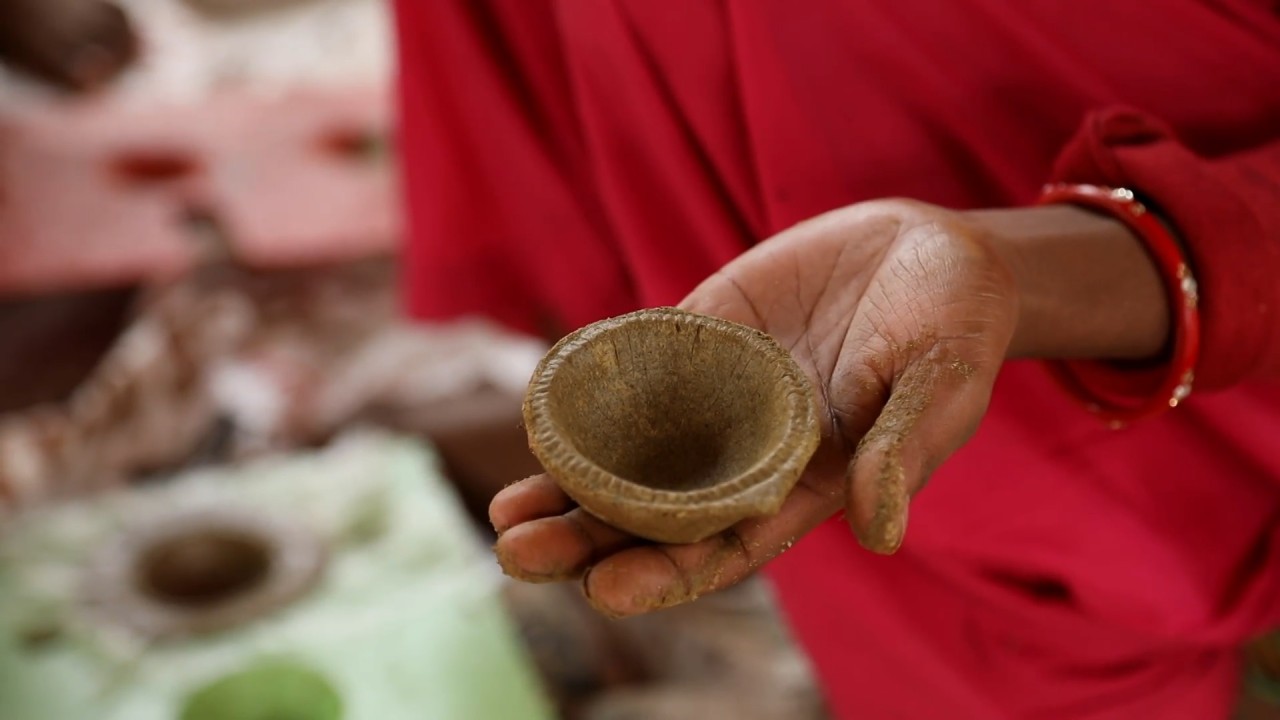
03:06
In India, ‘cow dung lights’ for Diwali festival become part of country’s ‘boycott China campaign
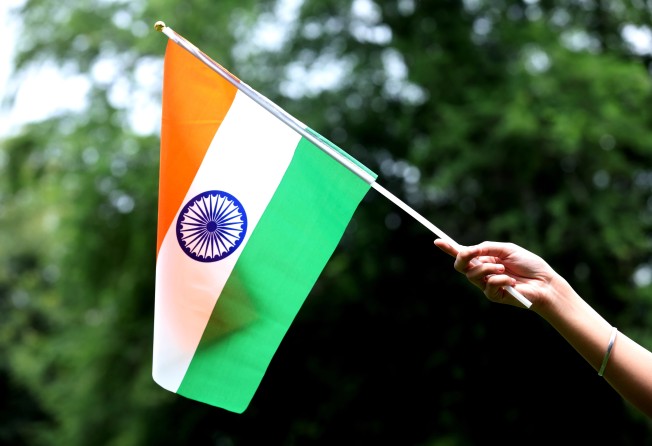
Mired in an eight-month-long border stand-off with China that is showing no signs of ending, India has gone on a massive diplomatic outreach spree of late, holding high-level bilateral engagements with five neighbouring countries.
Last week, top Indian officials led by external affairs minister S. Jaishankar were simultaneously holding high-level meetings in Seychelles, Nepal and Sri Lanka, while also in discussions with the Maldives and Afghanistan. A prime ministerial summit with a sixth, Bangladesh, is coming up later this month; the only exception is arch-rival Pakistan.
Adding significance to the outreach is the accompanying sense of urgency. Even as thousands of troops, heavy artillery and tanks from India and China remain lined up in the icy heights of the Himalayan region of Ladakh, often metres away from each other, experts say New Delhi is moving swiftly to assert itself and check its border rival’s influence in the region by pointing to its own troubles with Beijing.
Sameer Patil, fellow with the international security studies programme at Gateway House, a Mumbai-based think tank said: “If China comes up in these meetings, as it always does, India can point to its own experience with China and convince the neighbours that they would never see such belligerence from India.
“This is the contrast India wants to paint.”

03:06
In India, ‘cow dung lights’ for Diwali festival become part of country’s ‘boycott China campaign
Underlining this approach is New Delhi’s promise and delivery of aid to its neighbours, all while it looks to resolve disputes and build cooperation.
On a two-day trip to Nepal last week, India’s foreign secretary Harsh Vardhan Shringla discussed the outstanding border dispute between the two, according to a press release issued by the Nepalese foreign ministry, while they “reviewed” aspects such as trade and connectivity.
In Colombo, around the same time, India, Sri Lanka and the Maldives came together for the fourth trilateral maritime security operation meeting – the first in six years – at which the three countries decided to step up security ties while expanding the scope of their agreement to improve intelligence sharing and include issues such as terrorism and radicalisation, according to the joint statement.
And on November 24, Jaishankar announced the launch of more than 100 projects in its US$80 million “High Impact Community Development Projects” scheme for Afghanistan, including the construction of a dam that will supply drinking water to Kabul. The external affairs ministry did not respond to requests for comment.
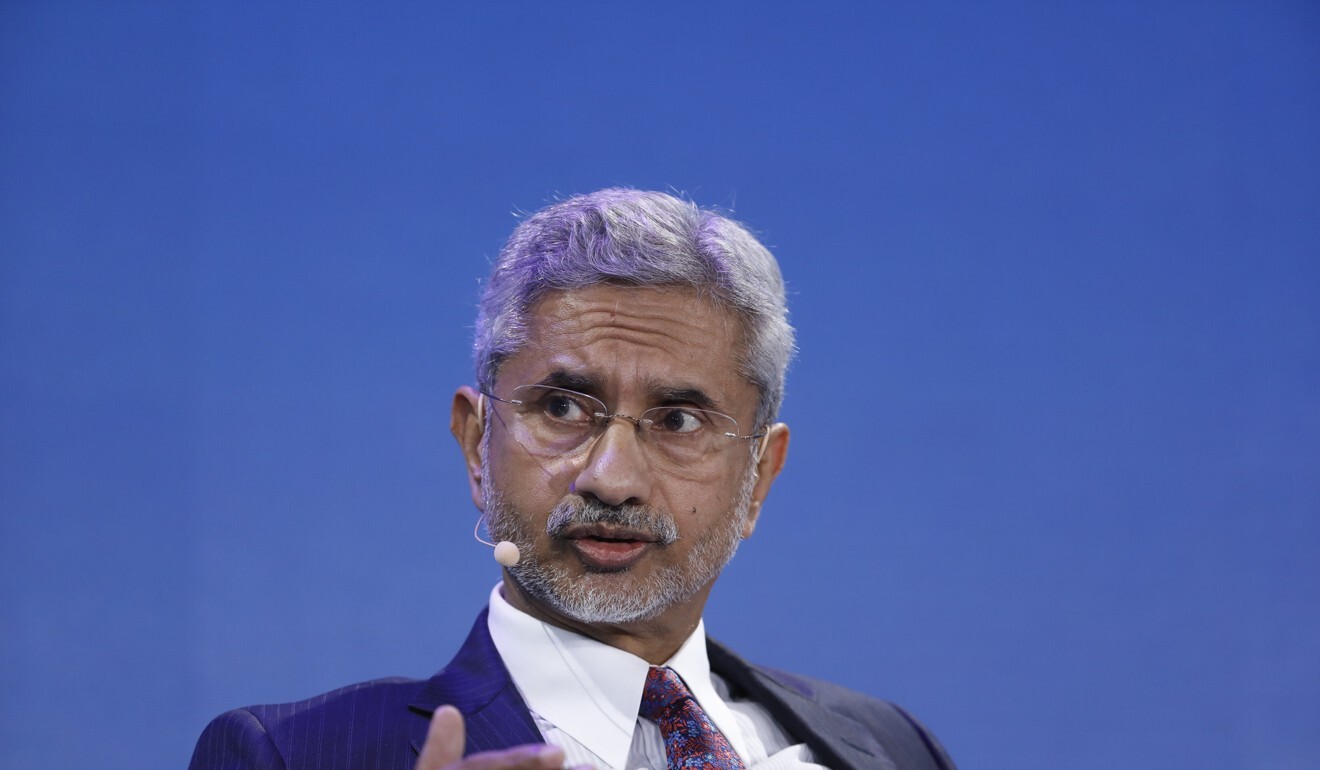
Besides these efforts, New Delhi has also focused on Covid-19 diplomacy as an effective way of reaching out to its neighbours – in Kathmandu, Shringla said meeting Nepal’s vaccine requirement would be a priority for India, which had earlier last month agreed to share its vaccine with the Maldives. It has also distributed thousands of vials of remdisivir, an antiviral drug that has been believed to be effective in treating the disease, to its neighbours.
Such a role, according to Dr K. Yhome, senior fellow of the New Delhi-based think tank Observer Research Foundation’s Neighbourhood Regional Studies Initiative, is also meant to position India as a substitute to China “in the post-Covid-19 order, as a key player in providing health and economic security to its neighbours and keep its rivals at bay”.
MENDING TIES
Part of New Delhi’s ambitious outreach was the realisation that it had started “losing” its neighbours, said Sanjay Bhardwaj, chairperson and professor at the Centre for South Asian Studies at Jawaharlal Nehru University’s School of International Studies.
In most of these countries, India has run into problems that have led to strained ties. It has been mired in a boundary dispute with Nepal, for instance, after Kathmandu published new territorial maps showing Indian-administered territory to be its own. Meanwhile, New Delhi’s changes to its citizenship laws to fast-track non-Muslim refugees from neighbouring countries and carry out a proposed exercise to create a “registry” of citizens drew flak from the likes of Bangladesh.
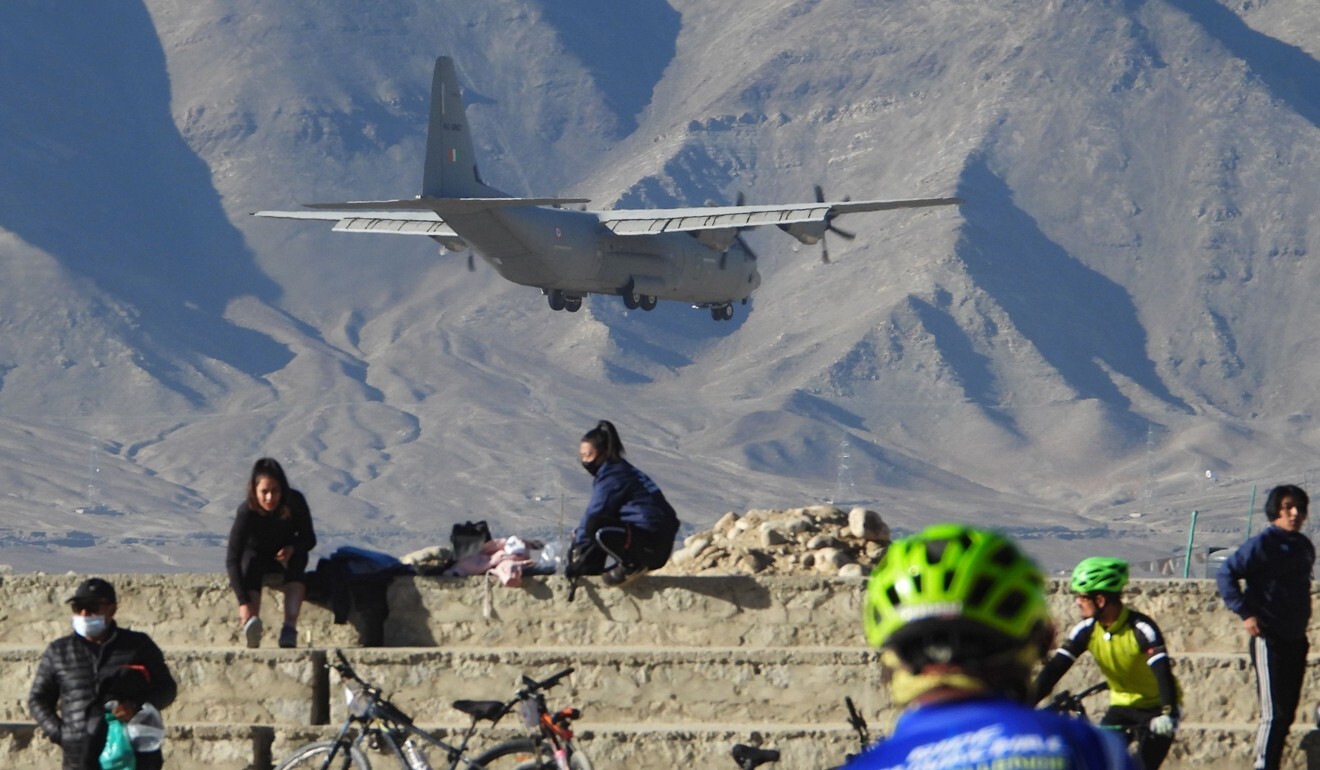
After Prime Minister Sheikh Hasina said she did not understand the rationale for New Delhi’s move, a proposed March visit to Dhaka by her Indian counterpart Narendra Modi was called off, ostensibly due to the pandemic, but the announcement came as thousands took to the streets across Bangladesh to protest his trip. At least three Bangladeshi ministers, including foreign minister Dr A.K. Abdul Momen, cancelled their visits to India after the law was approved.
Bhardwaj said India’s foreign-policy focus had shifted, leading to repercussions. “From looking towards the east and focusing on development issues in the first term, the Modi government started looking north-westwards and focusing on issues like Kashmir and security.
“[By doing so] it could not sufficiently focus on its neighbouring countries. At the same time, China remained as active as it was in these countries,” he said.
China has continued maintaining a presence in India’s neighbourhood, from whispers of its influence in helping Nepalese Prime Minister K.P. Oli retain a stable government to Beijing’s grant of US$90 million to Sri Lanka in October.
Days after Indian foreign secretary Shringla visited Kathmandu, the Himalayan Hindu country hosted Chinese defence minister Wei Fenghe. Wei later visited Pakistan, where the two countries signed a memorandum to enhance defence cooperation, according to local reports.
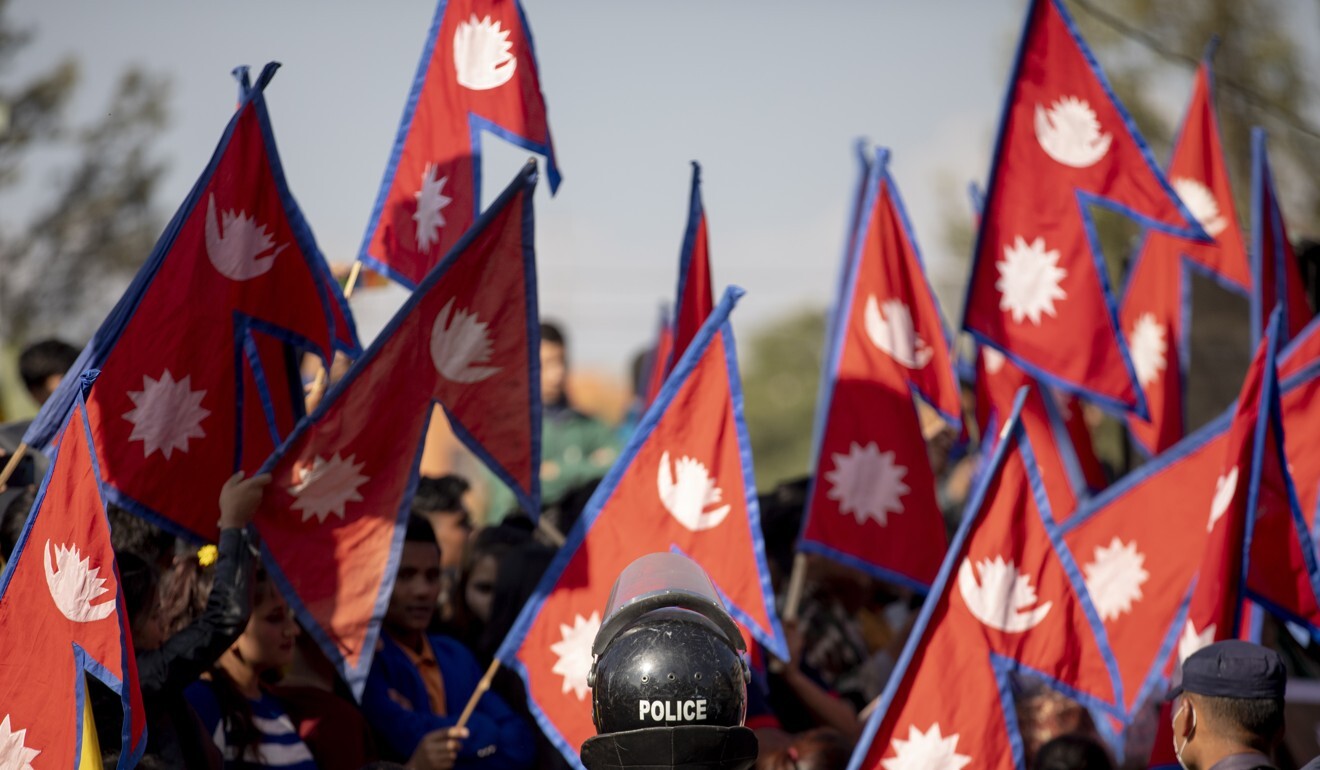
A common strand throughout has been Chinese investments in developmental projects across the subcontinent. Sri Lankan President Gotabaya Rajapaksa, during an October meeting with Communist Party politburo member Yang Jiechi, asked for China’s help in disproving the perception that Chinese-funded projects were so-called debt traps. Local reports in Bangladesh indicated that the government was seeking Chinese investments for nine infrastructure projects; also in October, Chinese President Xi Jinping said he wanted Dhaka to align its strategies with Beijing’s and take the partnership “to new heights”.
The struggle to cultivate support among countries in South Asia was likely to be influenced by this spending on aid, said Bharadwaj from the Centre for South Asian Studies. “All these governments know that China has deep pockets and has the capacity to invest. What India could not do that – it does not have the deep pockets – China is doing so and offering countries lucrative deals for investments and infrastructure.”
But Patil of Gateway House believes that much of India’s recent assertions might also have to do with the incoming administration of President-elect Joe Biden in the United States and how it will shape its Asia policy. New Delhi, he said, would be keen to get Washington’s support as it stands up to China, and its current outreach might be helpful in earning that support.
“For the US to back it, India should be seen playing a greater, more assertive role in managing the security issues of the neighbourhood,” Patil said. “If India does not do anything, the US cannot back India.”